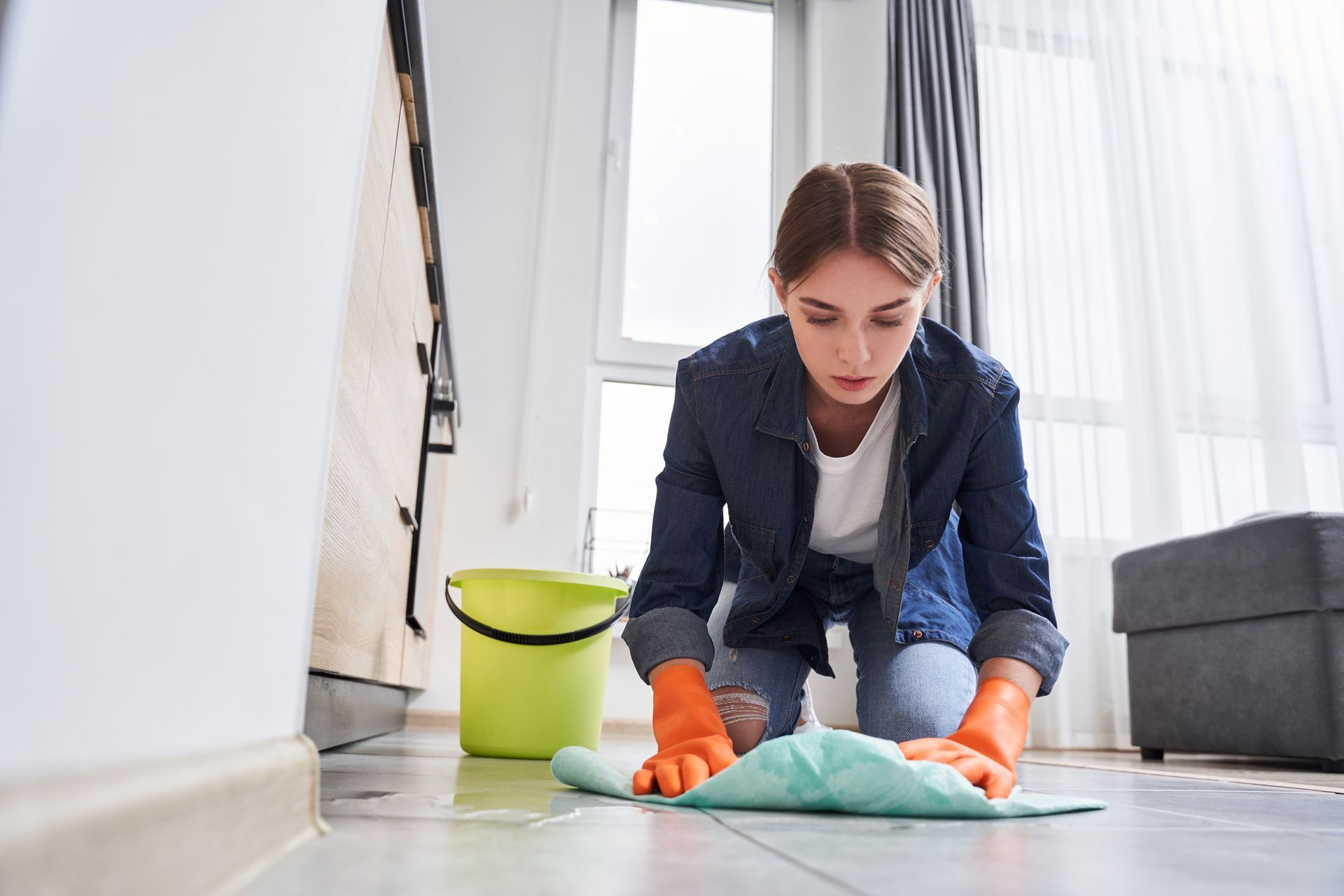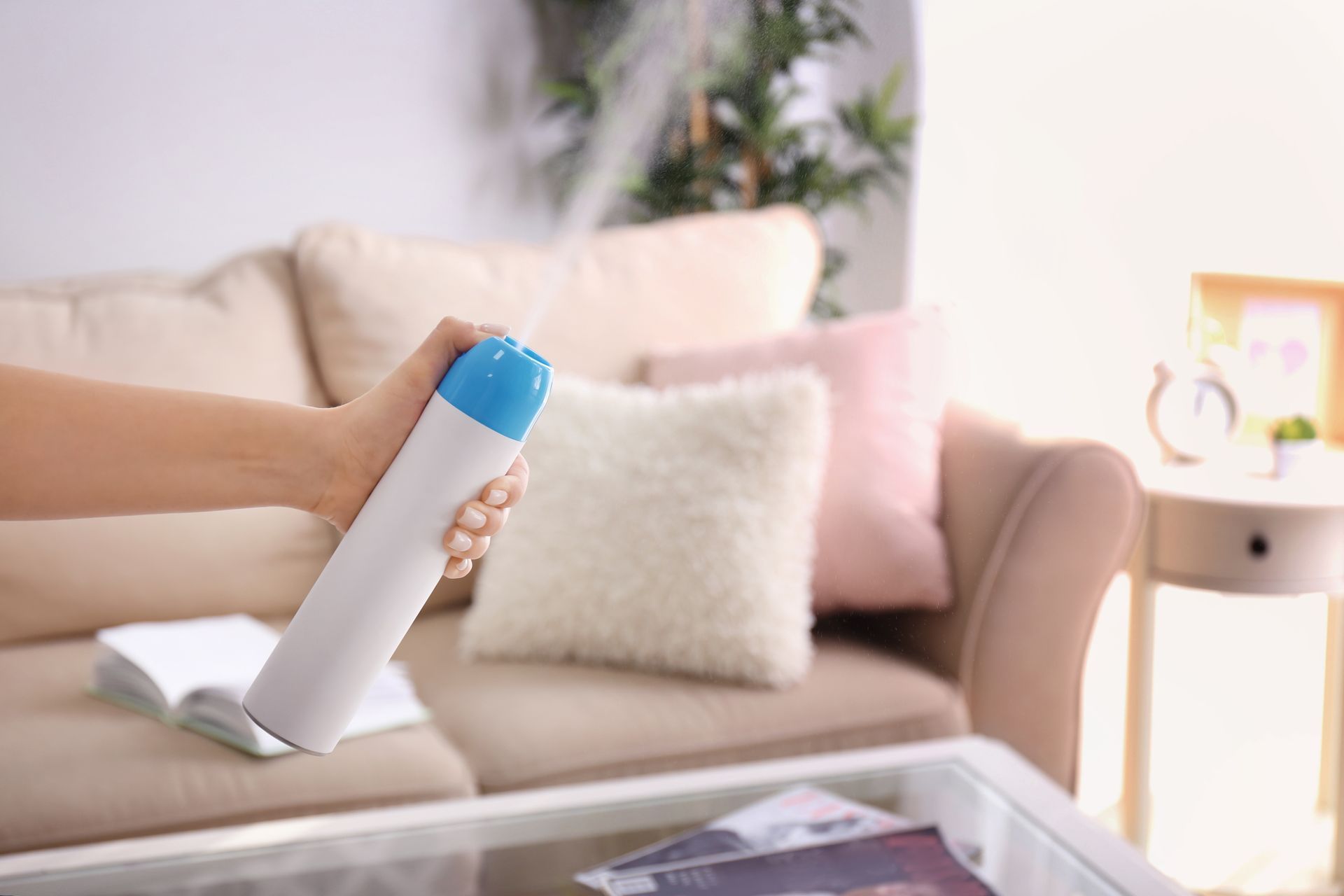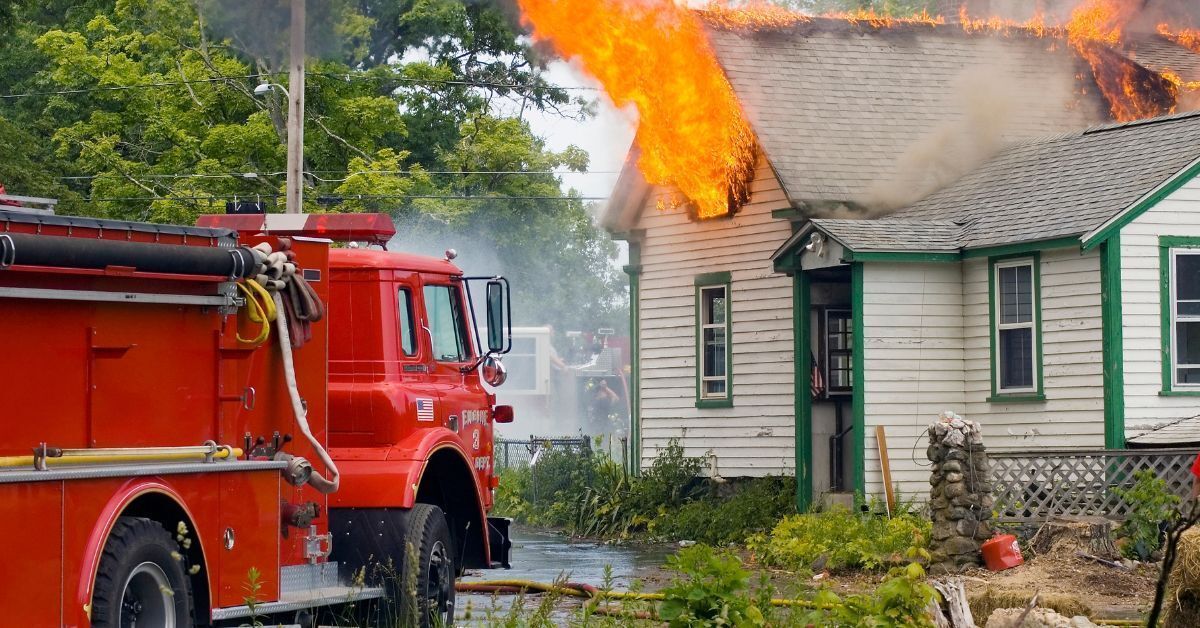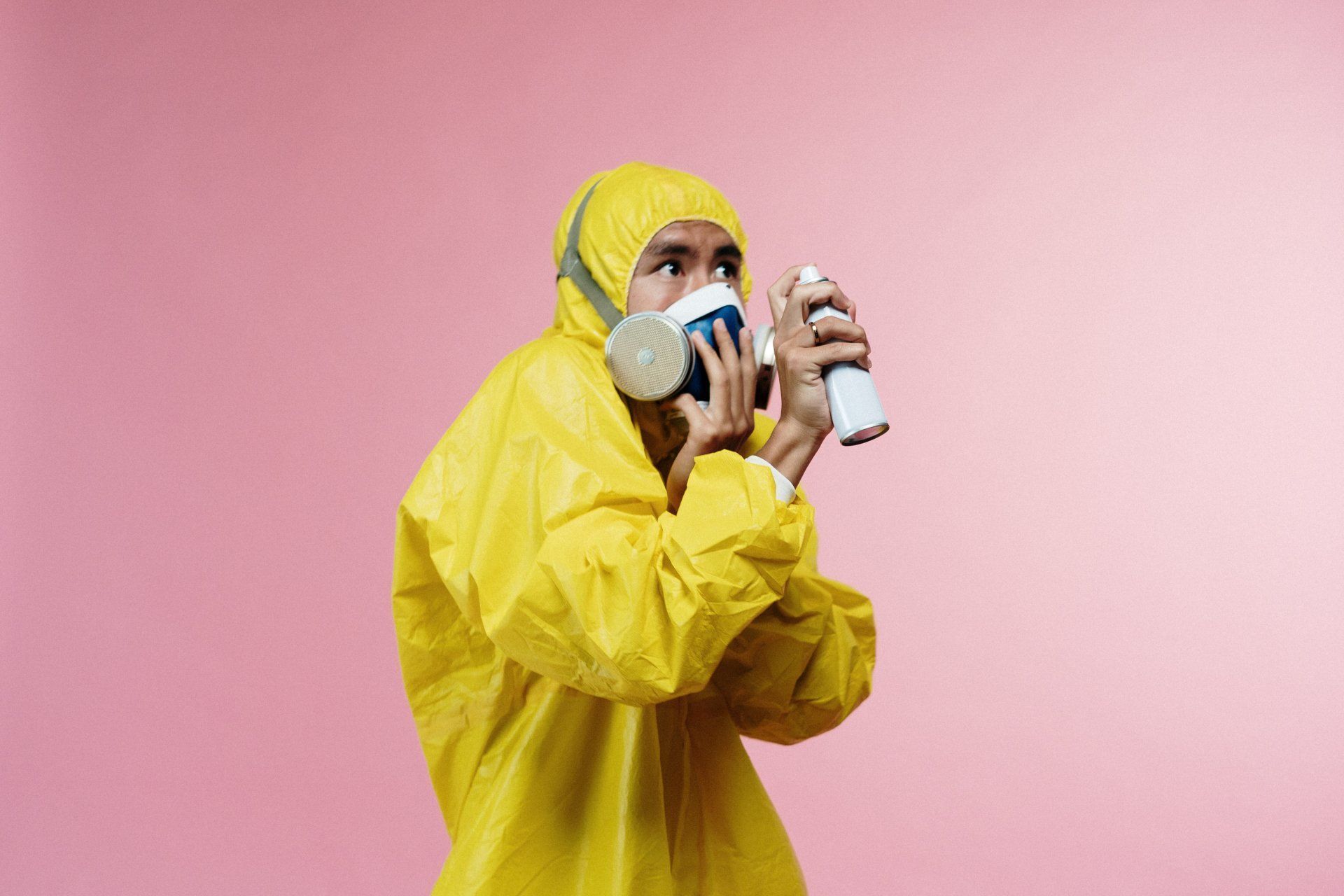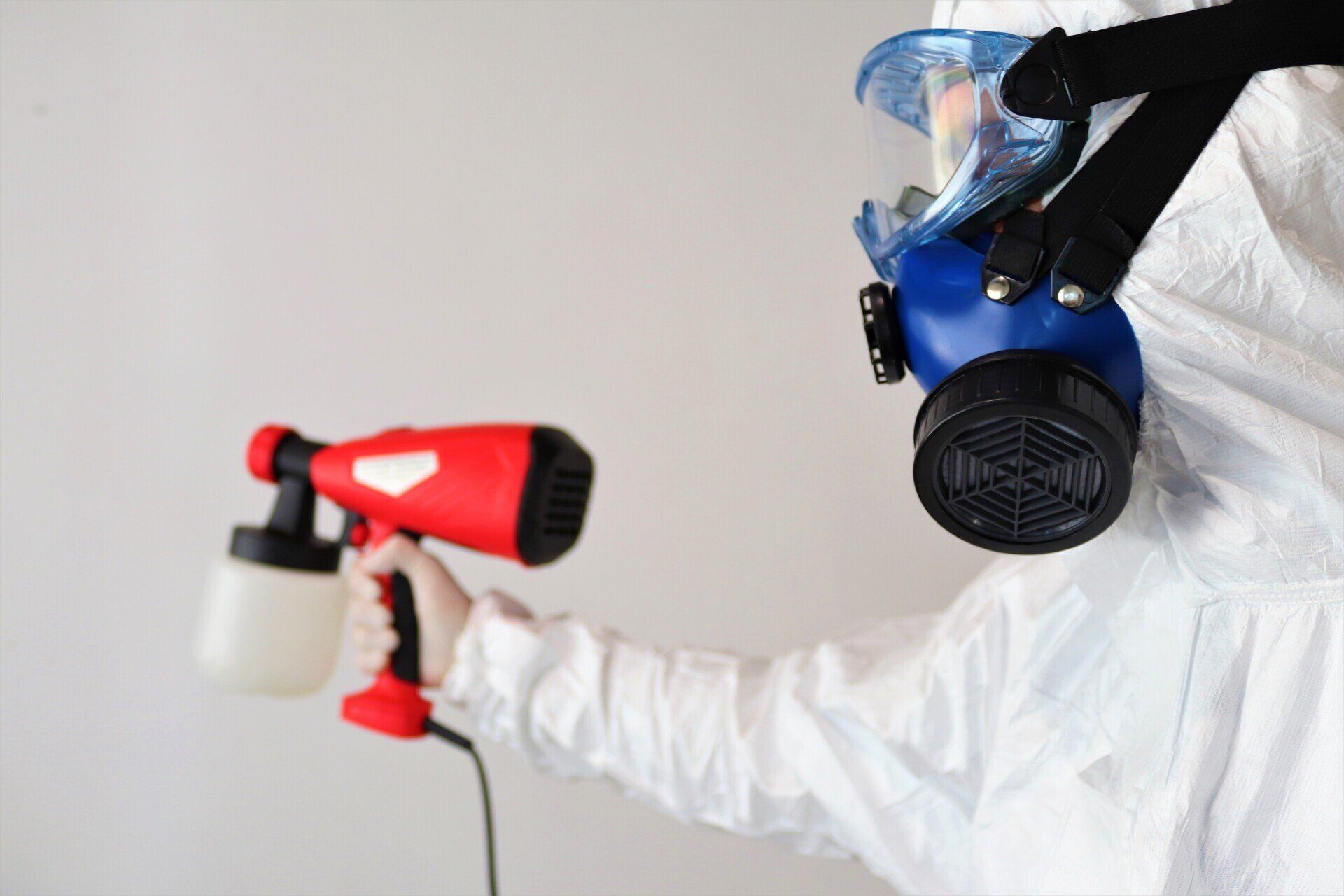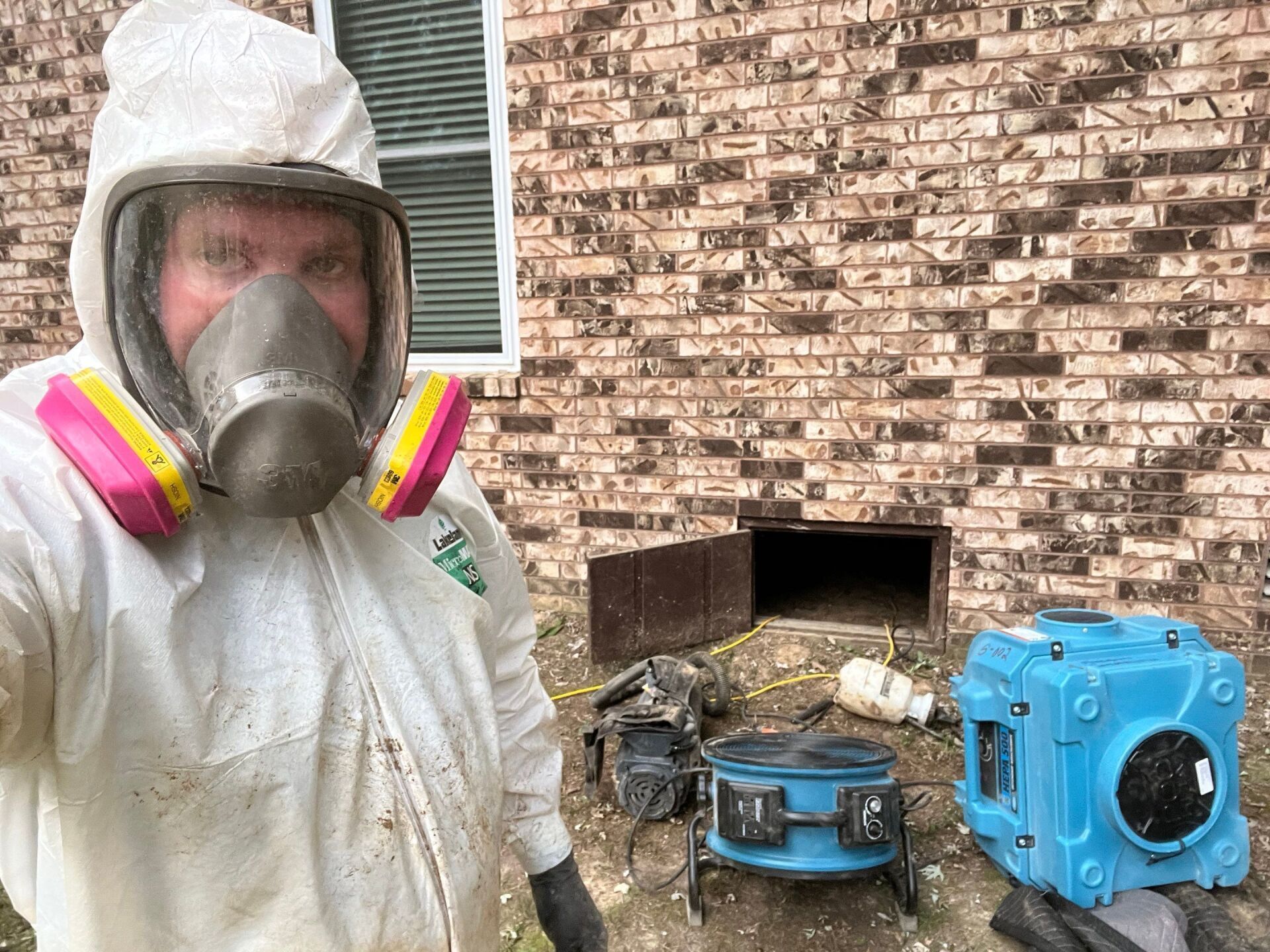How to Restore Your Home From Water Damage After a Winter Storm
Winter storms can be beautiful and magical, with their snow-covered landscapes and cozy indoor activities. But they can also bring about some pretty serious consequences, one of which is water damage to your home. Whether it be from frozen pipes, melting snow, or roof leaks, water damage can wreak havoc on your home and cause costly repairs if not addressed properly.
In this blog post, we will discuss the necessary steps to restore your home from water damage after a winter storm, so you can get back to enjoying the winter wonderland outside.
Assess the Damage
Before jumping into any restoration tasks, it is crucial to assess the extent of the damage. This will give you a clearer picture of what needs to be done and help you prioritize certain tasks. Here are some steps to take when assessing water damage in your home:
- Inspect the affected areas: Walk through your home and inspect each room for any signs of water damage. This can include wet carpets, discolored walls or ceilings, and a musty odor.
- Check the roof: If the water damage is coming from a roof leak, it is essential to address the source of the problem first. Carefully inspect your roof for any visible damage or missing shingles.
- Examine the plumbing: Frozen or burst pipes are a common cause of water damage during winter storms. Check all of your plumbing, including pipes in the basement and crawl space, for any signs of leaks.
- Document the damage: Take photos or videos of the affected areas to document the extent of the damage. This will come in handy when dealing with insurance claims.
Remove Standing Water
Once you have assessed the damage, the next step is to remove any standing water from your home to prevent further damage and mold growth. Here are some tips for removing standing water effectively:
- Safety first: Before entering any room with standing water, make sure to turn off all electricity to the affected area to avoid any electrical hazards.
- Use a wet/dry vacuum: If the standing water is not too deep, you can use a wet/dry vacuum to remove it. Be sure to follow the manufacturer's instructions and wear protective gear.
- Rent a pump: If the standing water is several inches deep, a pump may be necessary to remove it. You can rent one from a hardware store or hire a professional if you are not comfortable using it.
- Dry the area: After removing the standing water, use fans and dehumidifiers to dry out the affected areas. This will help prevent mold growth and further damage.
Address Mold and Mildew
One of the most significant risks of water damage is the growth of mold and mildew, which can cause health issues and further damage to your home. Here are some steps to address mold and mildew after water damage:
- Wear protective gear: When dealing with mold and mildew, it is essential to wear safety gear, including gloves, a mask, and goggles, to protect yourself from spores.
- Clean and disinfect: Thoroughly clean all affected surfaces with a solution of warm water and a mild detergent. Then, use a disinfectant to kill any remaining mold and mildew.
- Get rid of porous materials: If the mold has grown on porous materials like carpets, drywall, or insulation, they must be removed and disposed of properly.
- Prevent future growth: Once the mold and mildew are gone, it is crucial to fix any underlying moisture issues to prevent future growth. This can include fixing leaks, improving ventilation, and using a dehumidifier.
Dry Out Your Home
After removing standing water and addressing mold and mildew, the next step is to dry out your home thoroughly. Here are some tips for drying your home effectively:
- Open windows and doors: If the temperature outside is not too cold, opening windows and doors can help improve air circulation and speed up the drying process.
- Use fans and dehumidifiers: Placing fans and dehumidifiers strategically throughout the affected areas can help remove moisture and circulate air.
- Check behind walls: Water can seep behind walls, causing mold growth and structural damage. If you suspect water damage behind walls, it is best to seek professional help for proper drying techniques.
- Monitor progress: Keep an eye on the progress of your drying efforts and make adjustments as needed. If the area is not drying out as quickly as you had hoped, it may be time to call in the professionals.
Repair and Restore
Once your home is dry, it is time to make repairs and restore any damaged areas. Depending on the extent of the water damage, this can include repairing drywall, replacing flooring, or repainting walls. Here are some tips to consider when repairing and restoring your home after water damage:
- Prevent future damage: When making repairs, it is essential to address any underlying issues that may have caused water damage, such as roof leaks or plumbing problems, to prevent future damage.
- Hire professionals: While there may be some DIY tasks you can handle, it is best to hire professionals for more extensive repairs and restorations, such as electrical and plumbing work.
- Keep records: Be sure to keep records of all repairs and replacements made to your home. These will be helpful when filing insurance claims.
- Don't forget about odor: Water damage can leave a musty odor in your home even after repairs are made. Consider using odor-eliminating products to get rid of any lingering smells.
Expert Water & Fire Damage Restoration Services in Bentonville, AR
Dealing with water damage after a winter storm can be overwhelming and stressful. That's why at Freedom Restoration Services, we offer professional water damage restoration services in Bentonville, AR, and the surrounding areas. Our team is equipped with the knowledge, experience, and resources to restore your home to its pre-damaged state quickly and efficiently.
We also offer
fire damage restoration,
mold remediation, and
smoke and odor removal services. Don't hesitate to contact us at
(479) 274-0814 for your water damage restoration needs. Let us help you get back to enjoying the winter season without worrying about water damage. We are here to support you every step of the way.
FAQs
-
How long does it take to restore a home from water damage after a winter storm?
The time it takes to restore a home after water damage depends on the extent of the damage and the methods used for restoration. It can take anywhere from a few days to several weeks.
-
Can I clean up water damage myself, or should I hire professionals?
It depends on the extent of the damage. If it is a small amount of standing water, you may be able to handle it yourself. However, for more significant damage, it is always best to hire professionals to ensure the job is done correctly and safely.
-
Will my homeowner's insurance cover water damage from a winter storm?
Most homeowner's insurance policies cover water damage from winter storms. It is best to review your policy or speak with your insurance provider to understand the specific coverage and claims process.
-
How can I prevent water damage during winter storms?
To prevent water damage during winter storms, it is essential to take preventive measures such as insulating pipes, keeping gutters and downspouts clear, and sealing any gaps around windows and doors.
-
How much does water damage restoration cost?
The cost of water damage restoration varies depending on the extent of the damage and the methods used for restoration. It is best to get a professional assessment and estimate before making any decisions.
Area Served: Centerton
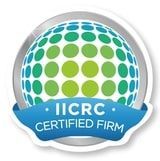
Copyright © 2024 FREEDOM RESTORATION SERVICES - Bentonville, AR - All Rights Reserved.

